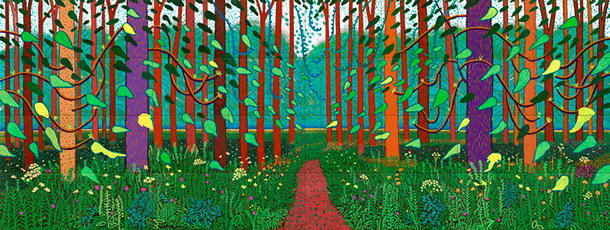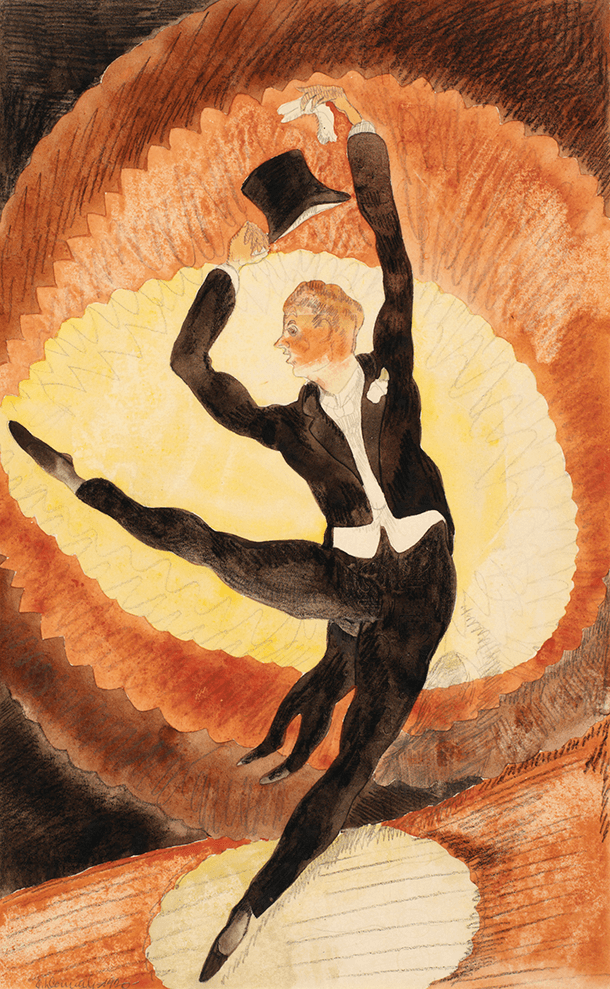Identity and Diversity in Art History
"Art is nothing if you don’t reach every segment of the people."
(Keith Haring, American Pop artist)
Until the late-20th and early-21st Centuries, the History of Art focused scholarly attention primarily on white, male, heterosexual artists. Consequently, the stories of innumerable artists across a spectrum of backgrounds were overlooked, erased, or forgotten. More efforts have been taken to expand the scope of who is included in the History of Art canon as art historians, art critics, and curators utilize their positions to transform the discipline into a more inclusive field of study. “Identity and Diversity” is a Special Collection that features the works of painters, illustrators, and printmakers who comprise an exceptionally diverse range of cultural identities. The collection will be divided into three main subsections that highlight the artistic contributions of Women Artists, Artists of Colour, and LGBTQ+ Artists. As a way to introduce today’s viewers to a rich selection of creative figures, this continually growing collection will represent diverse artists across all major and minor art movements, styles, and historical periods: from Dutch Baroque still-life painter Clara Peeters and African-American portraitist Joshua Johnson, to gay British-Jewish Pre-Raphaelite painter Simeon Solomon and Contemporary South Korean artist Myonghi Kang.
Curated and edited by Liam Otero
LGBTQ+ Artists
"I suppose it’s that [gay men today] want to be ordinary - they want to fit in. Well, I didn’t care about that. I didn’t care about fitting in. Everywhere is so conservative."
(David Hockney, English painter)
Explorations into LGBTQ+ Art History is a very recent development in the History of Art canon. Research in this area attempts to unearth how gender & sexuality is represented in Art and to acknowledge the prevalence of LGBTQ+ artists since Antiquity. It also considers how an artist’s sexual orientation influences their creativity and the content of their works. Previously considered a taboo topic, LGBTQ+ Art History has long endured censorship and rejection because of the erroneous assumptions made toward imagery that were labeled as lewd, scandalous, or inappropriate.
Historical and contemporary LGBTQ+ artists like the French Realist Rosa Bonheur and the English Contemporary painter David Hockney have since received worldwide recognition. However, long-popular artists traditionally associated with male heterosexuality like the landscape painter Winslow Homer and the Regionalist painter Grant Wood have been re-examined and are now regarded as major figures within LGBTQ+ Art History. Moreover, representations of homosexuality in art have been an area of research in which works by luminaries as diverse as the Italian Baroque painter Caravaggio to the French Realist painter Gustave Courbet are interpreted from a queer perspective.
The ideas and themes associated with LGBTQ+ artworks are inspired by or in response to a slew of historical events, contemporary trends, and literary, mythological, or spiritual references: oppressive laws that banned homosexual behaviour, the AIDS epidemic, and representations of sexual relations in Biblical narratives. It should be noted that LGBTQ+ art is not exclusively focused on artists whose works are overtly about gender & sexuality, as this category includes artists who identify as an LGBTQ+ individual and have created works in other subjects and genres.
The objective of this permanent collection is to expand the accessibility of LGBTQ+ artists and their works to international audiences. Similar to the Women Artists and Artists of Colour collections, this section will also feature artists with intersecting identities to further emphasize how one’s sexuality may be tied to their race, ethnicity, nationality, and gender. With an abundance of historical and contemporary examples, viewers will be able to develop a stronger understanding of the longevity of LGBTQ+ artists’ influence on artistic production and what images can communicate about gender & sexual relations.
Text by Liam Otero

